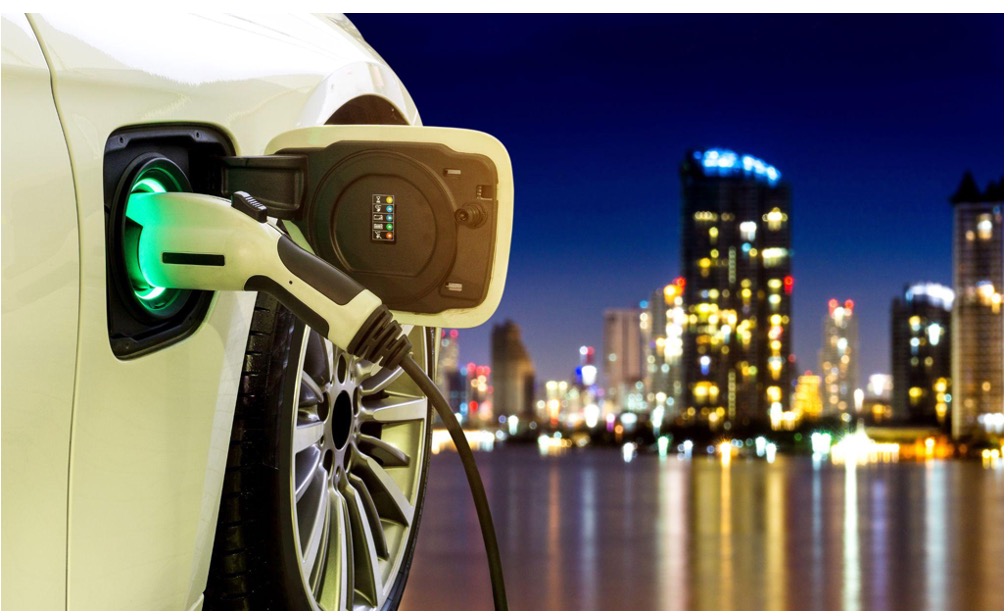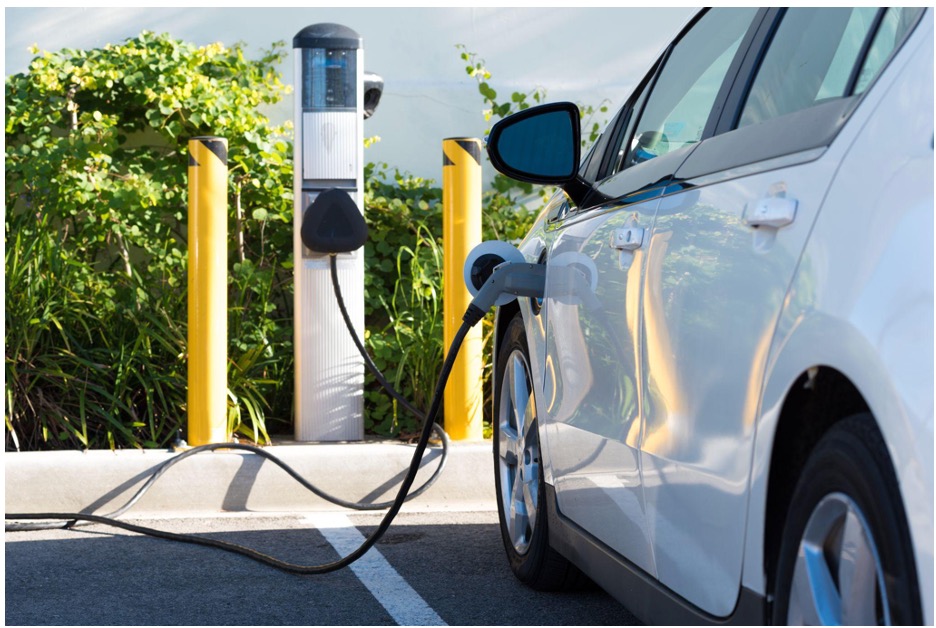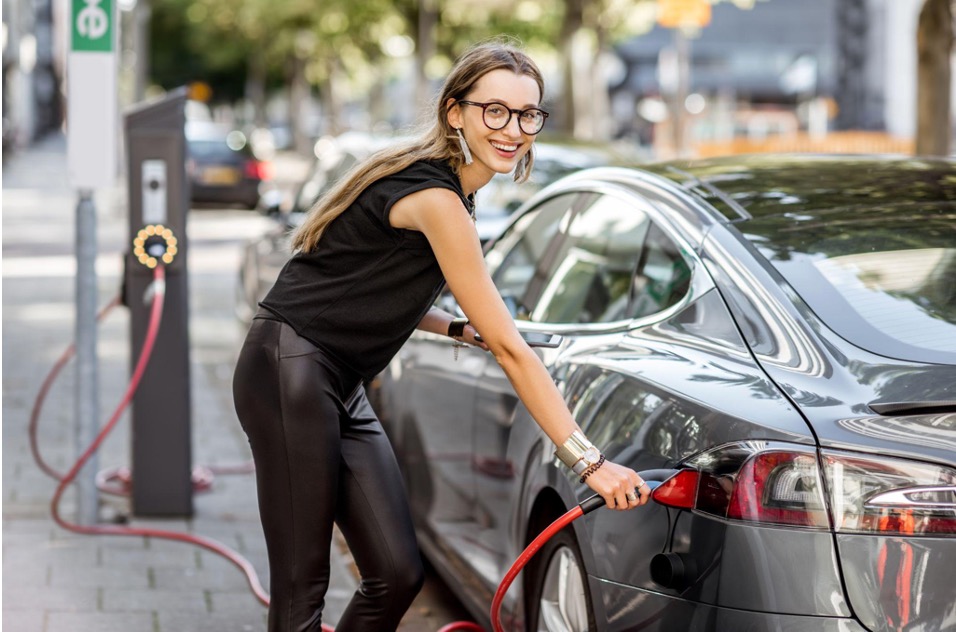As the world debates how to tackle climate change, one thing is clear: Electric vehicles need to be part of the solution. People need eco-friendly personal transportation, and they need it now. While shares of EVs on the road are increasing, there’s still a long way to go before they’re a major part of our daily lives.
Part of the challenge ahead for EVs is that, like any other vehicle, they need infrastructure that supports them—especially the EV charging stations that EV owners need to recharge on the road. But these charging stations often require expert design and high grade materials like NEMA 4X enclosures, which makes them resource-intensive to build.
What’s the future of EV charging stations, and when can we expect to see more of them available? These are the issues that we’re going to explore as we examine the road ahead for public EV chargers.

How Many EV Charging Stations Does the U.S. Have Now?
As of 2021, there were approximately 43,000 EV charging stations in the U.S. This number will have to dramatically increase to give people access to the power they need for their vehicles and mitigate the range anxiety that’s a big reason many people are hesitant about EVs.
Most of our EV charging stations are the slower Level 2 chargers, which take several hours to fully charge an EV battery. The super-fast Level 3 DC chargers, which can deliver an 80 percent charge to most EVs in around an hour (but can’t be installed in a home), are still quite rare.
Public EV chargers in the U.S. are also far from equitably distributed right now. The state of California currently has more public EV chargers than the bottom 39 states on the list combined. That means that, even if people in other parts of the U.S. want to become EV owners, they face obstacles that people in California don’t.
Meeting Our Future EV Charging Needs
The Biden administration has set a goal of 500,000 public EV charging stations by 2030. Needless to say, that’s a pretty ambitious target. It will involve creating public-private partnerships capable of tackling a market that’s not yet profitable and planning the framework for a new kind of infrastructure.
We also need to upgrade some of our current Level 2 chargers into Level 3 chargers. This will be a slow journey, especially because not every EV can even use DC fast charging right now. But it will become necessary as electric cars become more widespread and people need fast charging capability on the go.
It’s also important to recognize that EV chargers aren’t gas pumps. Even the fastest chargers take 30 minutes to an hour to completely charge a vehicle, and people need something to do in the meantime. This will mean carefully choosing where to place charging stations and giving people options to charge while they’re at work or doing something else.

The Cost of EV Charging Stations
Cost is the first of two major obstacles to an expanded network of EV charging stations. Currently, public EV charging stations are still quite expensive to build. It’s not as simple as putting a mounting enclosure on a telephone pole; these charging stations require extensive electrical and repaving work that means installation can cost anywhere from $1,200 to $6,000 each.
Level 3 DC fast chargers are even more expensive, which helps explain their relative rarity. They can cost $100,000 or more each, and there’s simply nowhere near enough demand to support that kind of capital expenditure in most parts of the U.S.
Demand for EV Charging Stations
Demand is the other side of the equation that makes it challenging to get funding and support for building EV charging infrastructure. The low numbers of EVs on the road right now means that demand is still limited for public charging stations. Why EV demand hasn’t exploded is another discussion entirely, but, fortunately, it is indeed on the rise again.
The cost of EVs is a big part of that somewhat sluggish demand, and it’s why EV ownership is also overwhelmingly clustered around wealthy urban centers. That, in turn, creates another chicken-and-egg barrier to EV adoption: EV prices and lack of infrastructure dissuade rural people and lower income people from buying EVs. And because these people don’t buy EVs, they don’t get the infrastructure that could potentially make EV ownership feasible for them.
Five Things That Need to Happen
To break down these barriers, we need to see further development of some important trends in the EV industry:
1. Government Support
Congress needs to pass a bill that greatly expands funding for public EV chargers. That could be the 2021 infrastructure bill, or it could be another bill down the road. Either way, constituents should hold their representatives accountable on creating a workable plan for funding EV infrastructure.
2. Private Investment
Almost every EV charging infrastructure project includes partnership with private entities. If governments can’t or won’t fund EV infrastructure solely through tax revenues, private capital will have to step up to the plate. This also includes private companies that include EV chargers in their apartments, work spaces, hotels, or other places—all important for EV owners.
3. EV Rollouts
Every major auto manufacturer is gearing up to add large numbers of EVs to their lineup, either now or in the future. If even a handful of these models catch on among vehicle buyers, we should see an explosion of demand for charging stations and a corresponding surge in investment.
4. Planning
Real debate is finally beginning about how to plan and construct a network of EV charging stations in a way that’s equitable, effective, and practical. It’s a huge challenge of civic planning, particularly when it comes to creating charging infrastructure that will make EVs accessible for people in rural areas, so be prepared for a long process and spirited debate.

5. Standardization
Consumers need to know that their EV will be compatible with any public charger that they plug it into. American EVs currently use a standard plug design for Level 2 charging, but Level 3 charging can require any of several proprietary plugs. The sooner a standard Level 3 connector is available, the sooner the technology can become a common ground for innovation and consumer choice.

